
Visa and entry requirements Croatia:
Passport not required
No visa is required
Information from the Foreign Office about your trip to Croatia:
http://www.auswaertiges-amt.de/DE/Laenderinformationen/00-SiHi/KroatienSicherheit.html?nn=332636?nnm=332636
Croatia is a country between Central and Southeastern Europe with around 4.3 million inhabitants. The country is a member of the European Union, NATO and the United Nations.
Croatia borders Slovenia in the northwest, Hungary in the north, Serbia in the northeast, Bosnia and Herzegovina in the east and Montenegro in the southeast. To the west of the mainland is the Adriatic Sea with several islands such as Krk, Cres or Brac. Croatia is therefore one of the most water-rich countries in the world. There are a total of eight national parks and eleven nature parks in the country. A total of 36% of the country is covered by forests. Animal species such as brown bears, wolves, golden jackals, lynxes, vultures and eagles are found in the mountains of Croatia.
The country's official language is Croatian and is spoken as a native language by around 96% of the population. After the capital Zagreb, the largest cities in the country include Split, Rijeka, Osijek, Zadar, Pula and Dubrovnik.
Croatia is relatively rich in mineral resources and has significant deposits of crude oil, natural gas, hard coal, lignite, bauxite, iron ore and kaolin, and in some regions also graphite, salt and calcium.
Croatia is known for its coast on the Adriatic with hundreds of offshore islands. Around 11 million tourists travel to the country every year and represent an important part of the Croatian economy with almost 251 million tourists. The most important sights in the country include the old town of Dubrovnik, the University of Zadar, which is one of the oldest universities in Europe, the Plitvice Lakes National Park, the historic city center of Porec, the historic city of Trogir, and the Cathedral of Saint Jacob in Sibenik as well as the plain of Stari Grad.
The capital Zagreb with its 800,000 inhabitants is also the largest city in Croatia, the seat of government and the seat of the Croatian Parliament.
The city's landmark is Zagreb Cathedral with its two huge towers. Other sights include the Church of St. Francis, St. Mary's Church, the Archbishop's Palace and Ban Jelacic Square. This central square between the upper and lower towns often serves as a starting point for sightseeing and excursions.
Zagreb was the starting point of my big trip to the Balkans in September 2015. From Berlin I first flew by plane to Zagreb for two days before taking the train to Ljubljana in Slovenia. I spent one night in Zagreb in a hotel in the middle of the city center. You can explore everything in the city on foot and don't have to rely on any other means of transport. There are countless restaurants in the city center and it is advisable to definitely try the famous Croatian cuisine. Personally, I am a big fan of Croatian dishes such as cevapcici, so I really enjoyed my stay in the country.

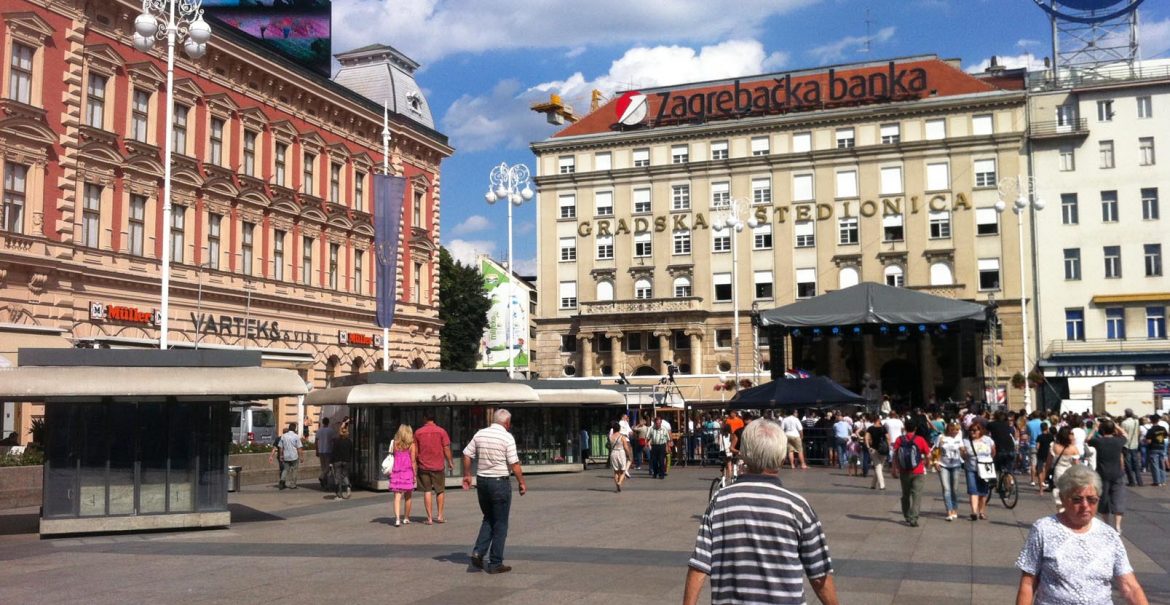


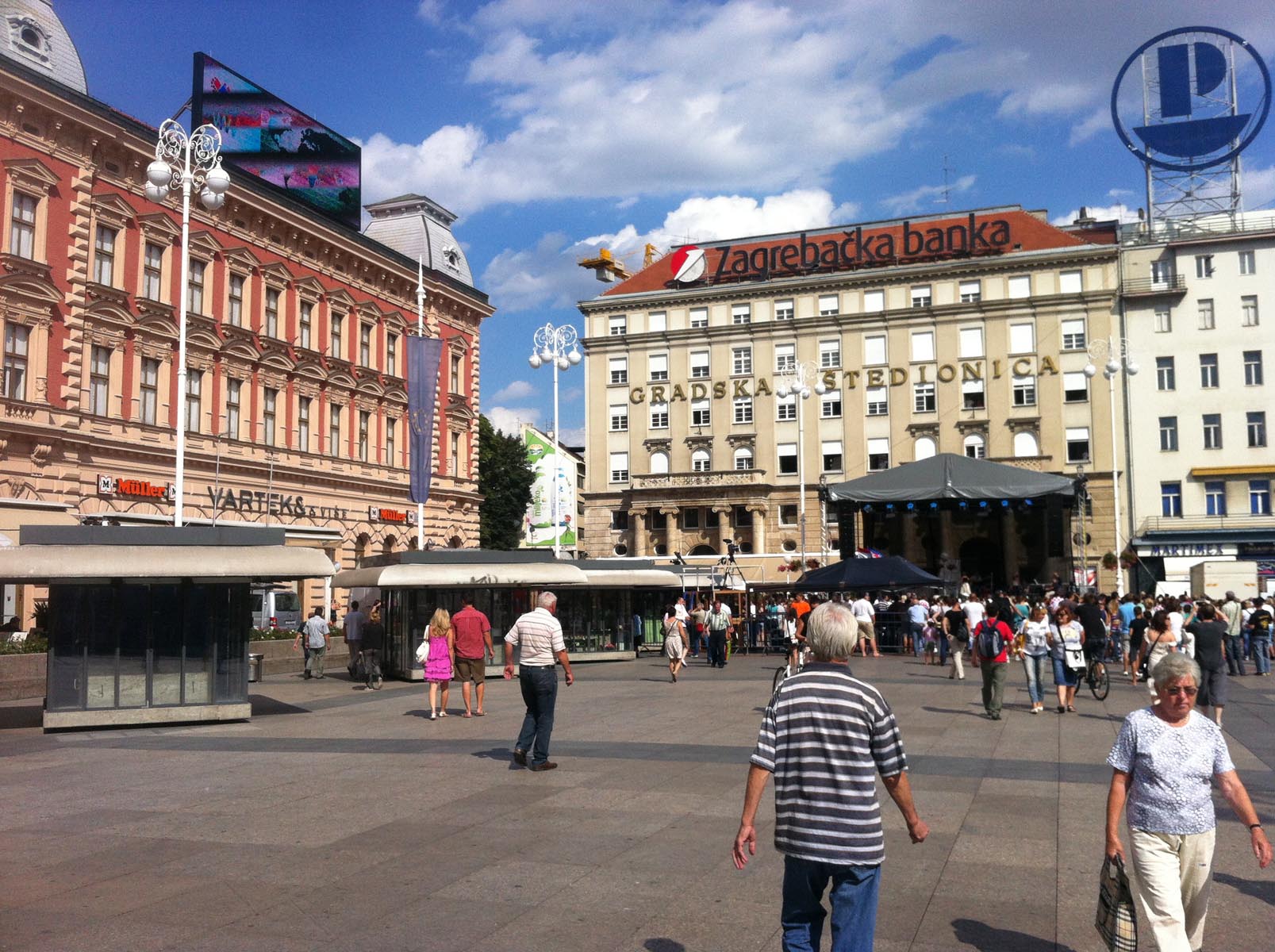
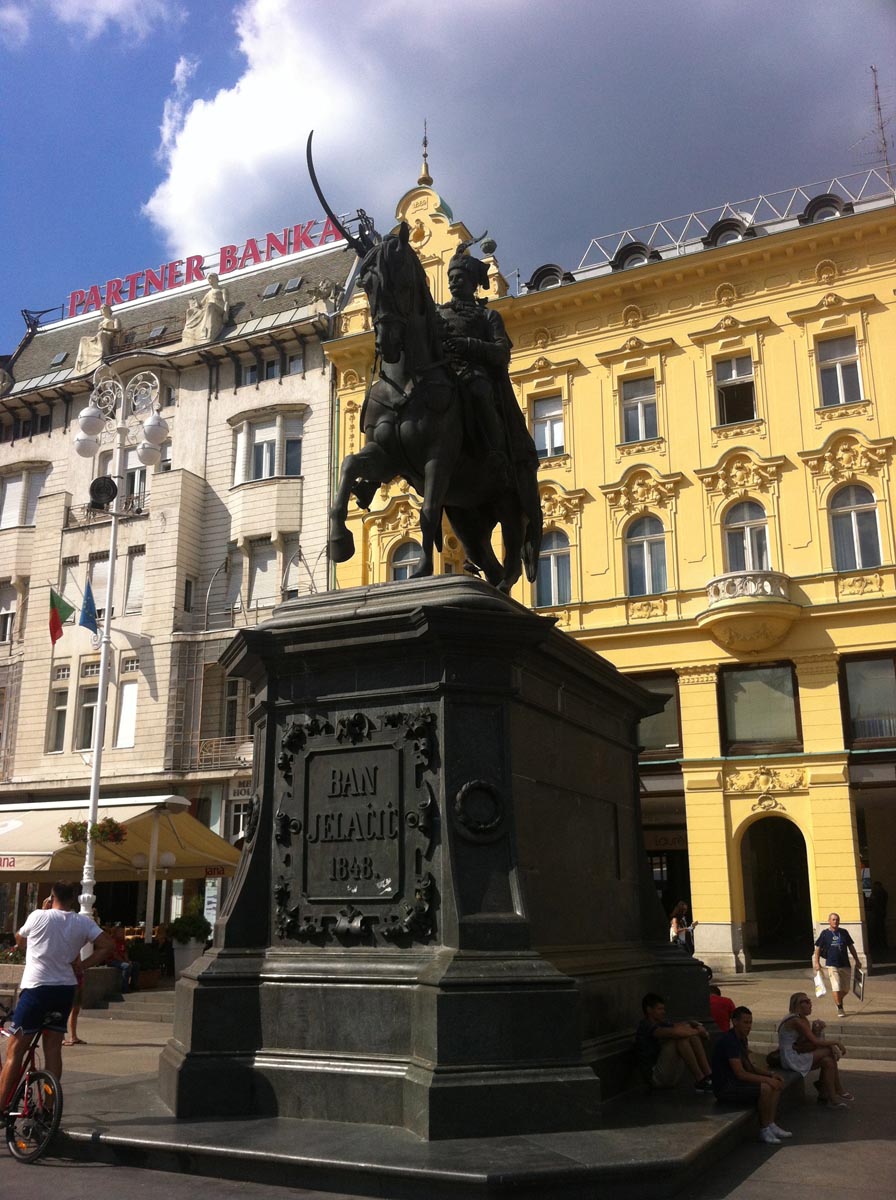

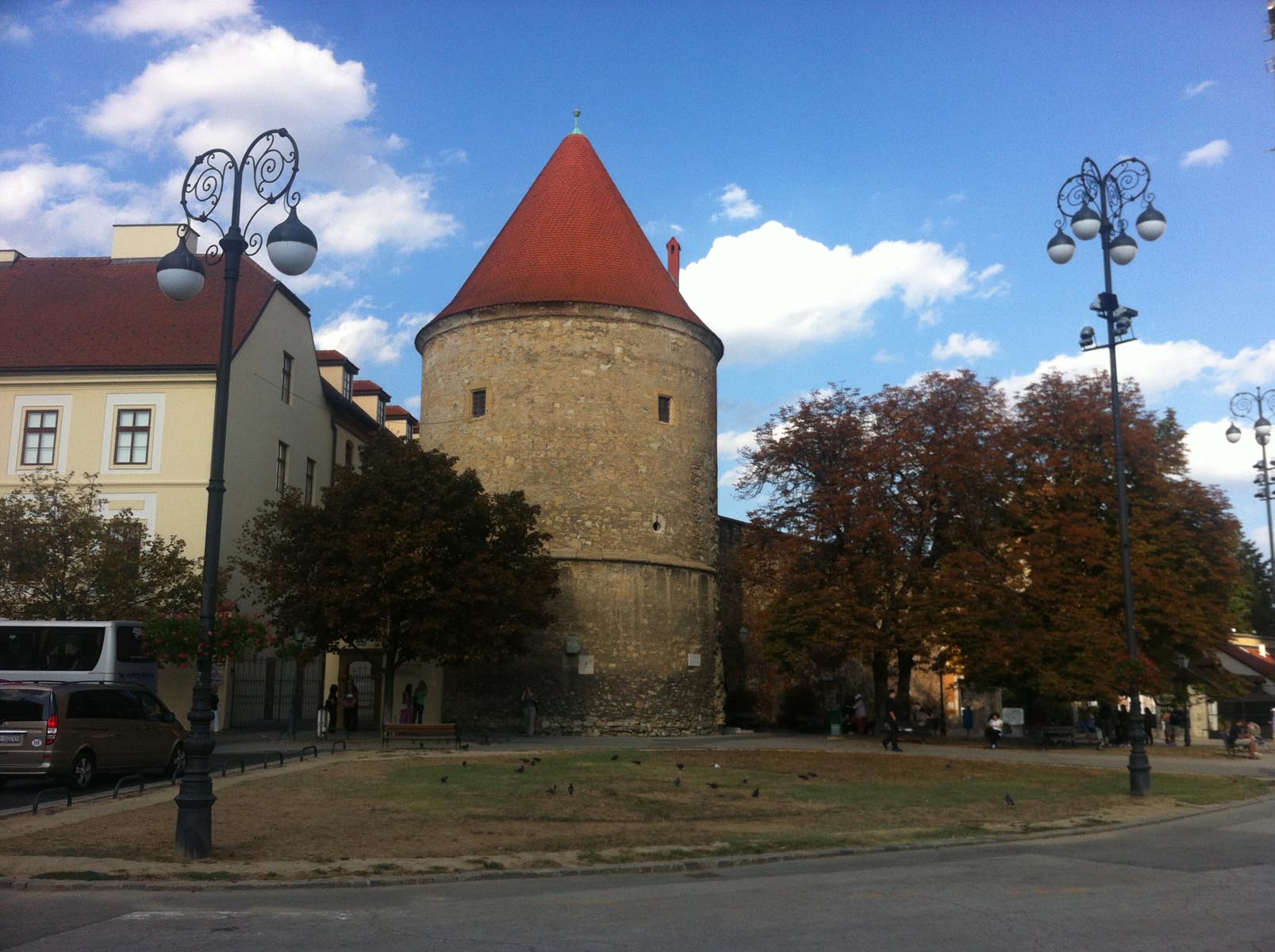

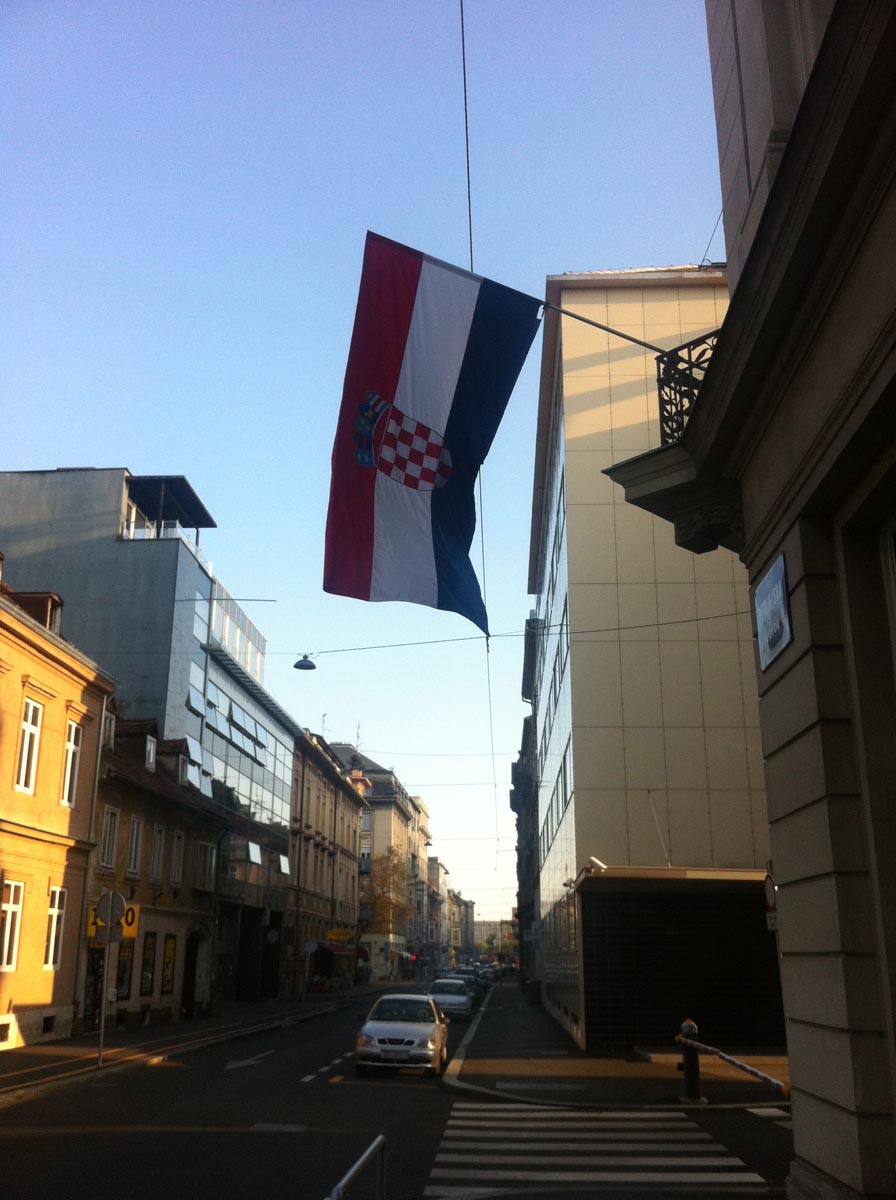
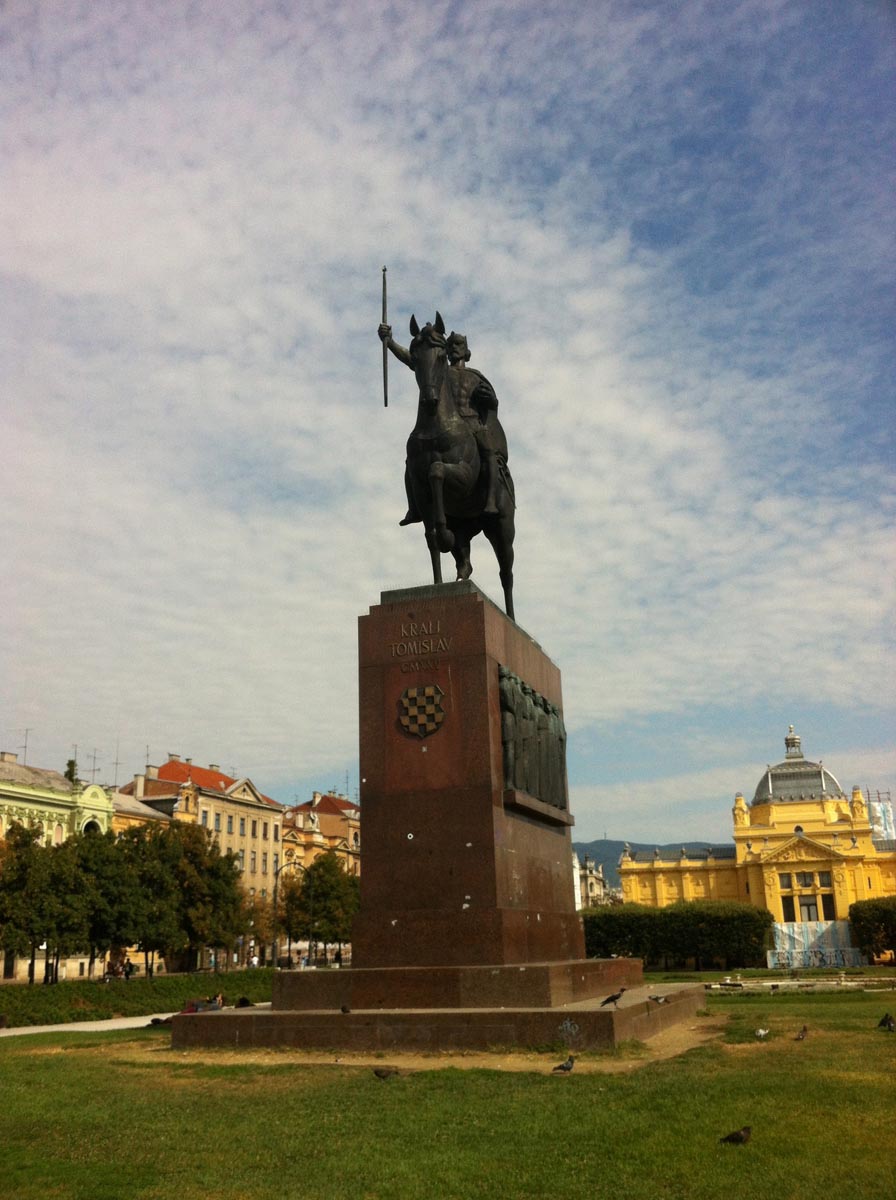
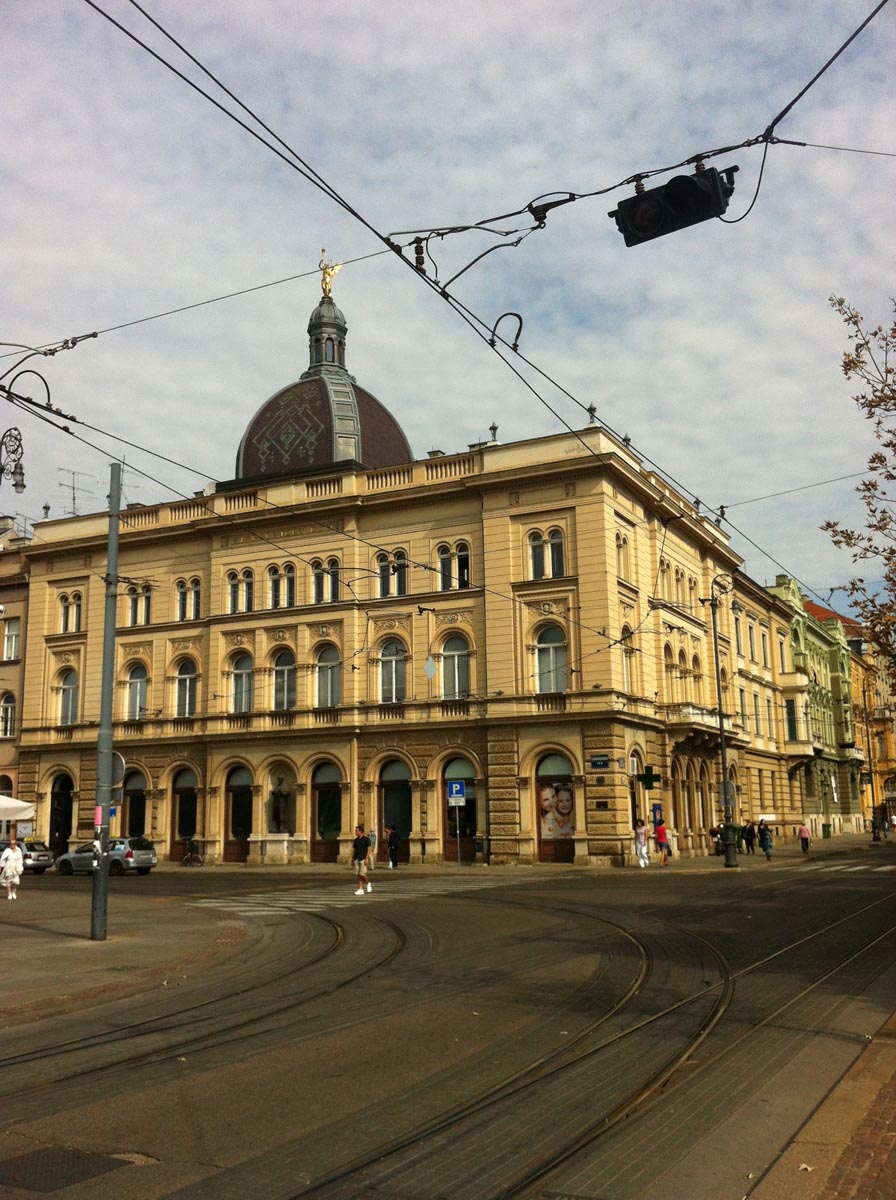


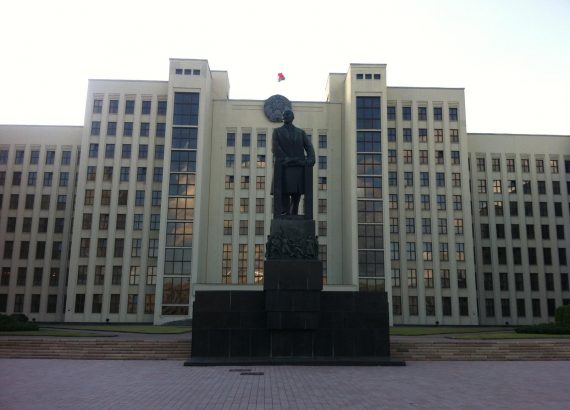
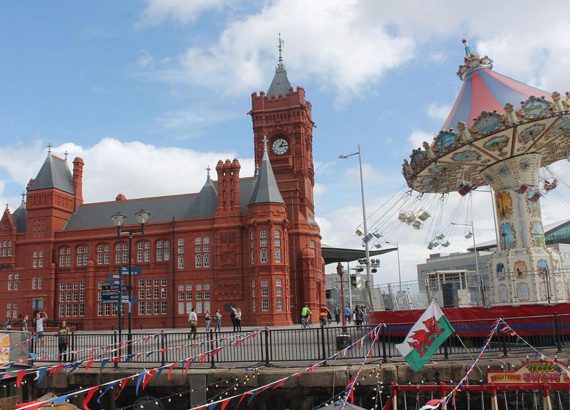
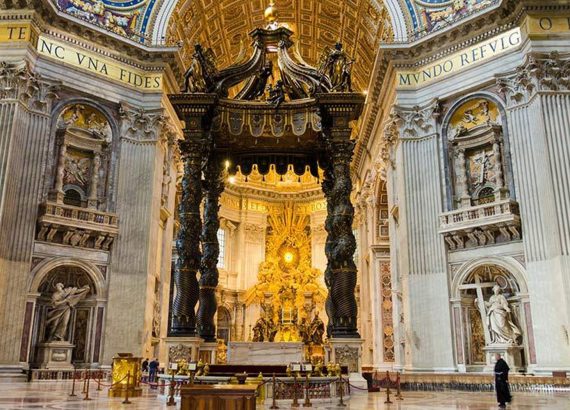
No Comments